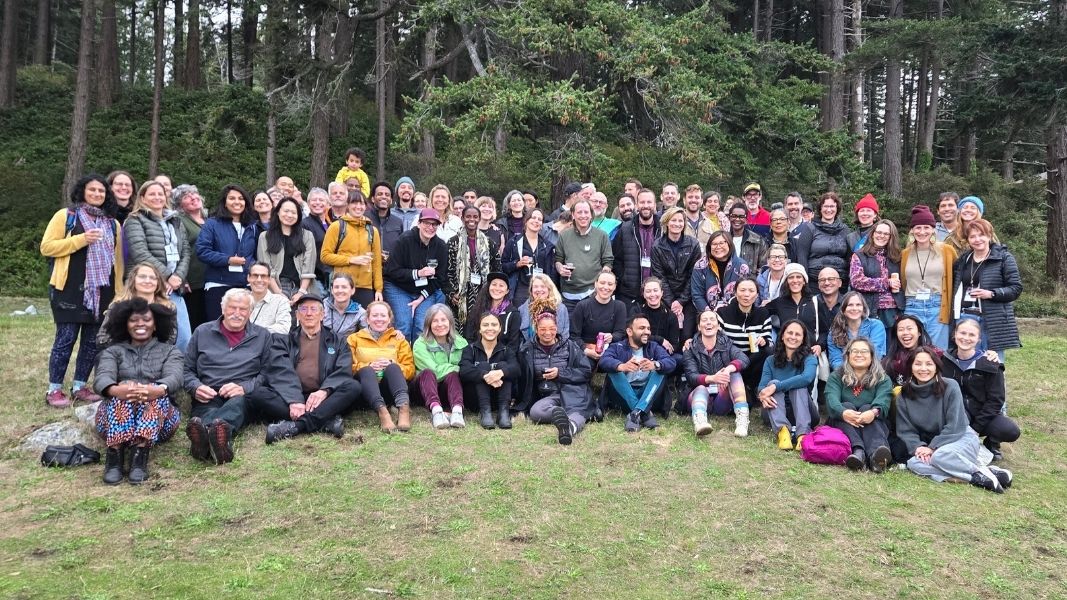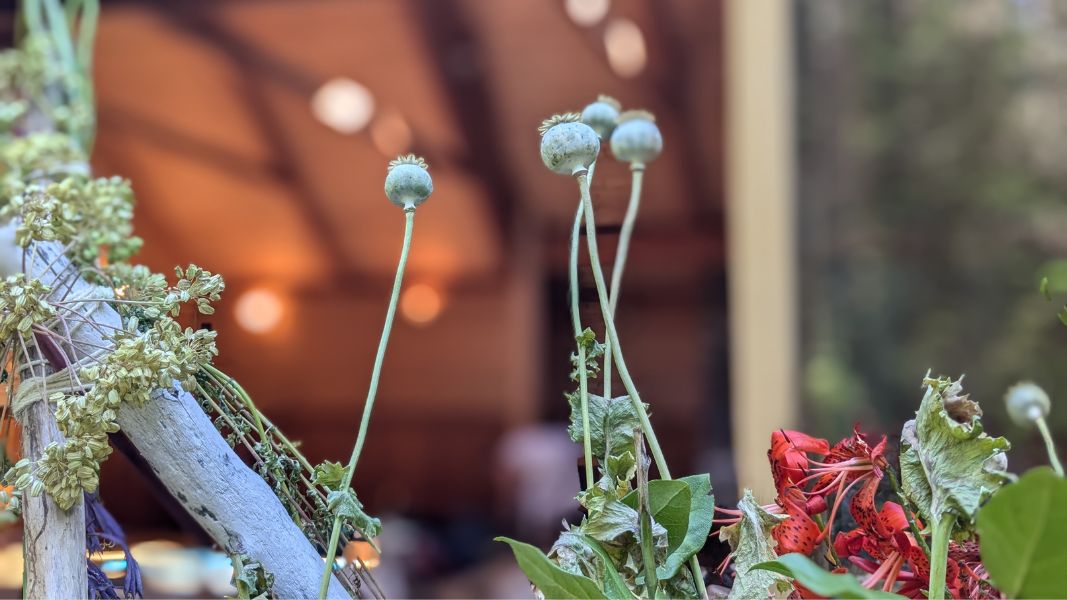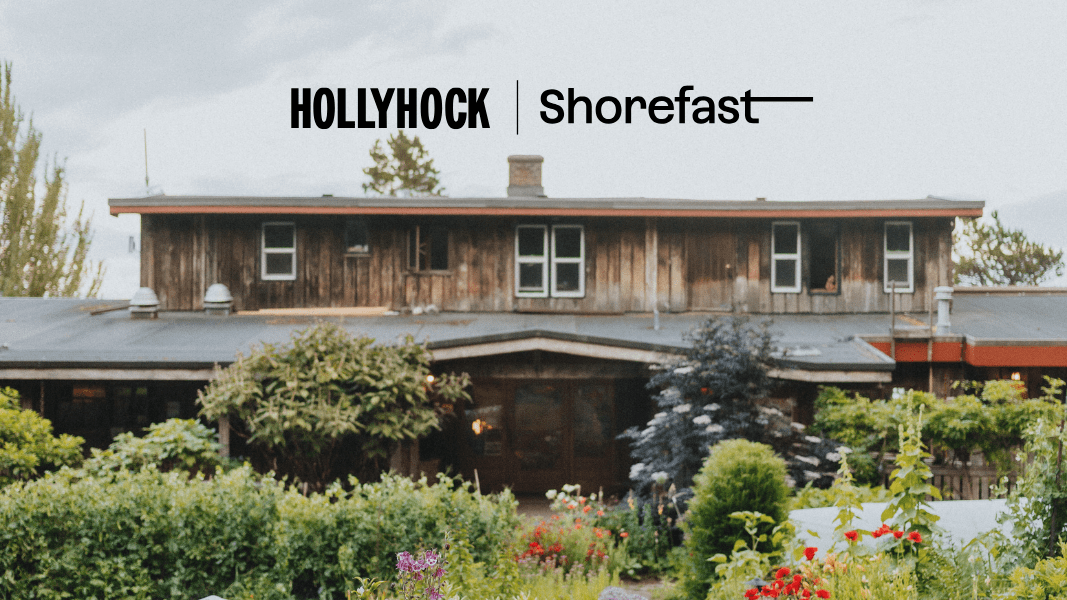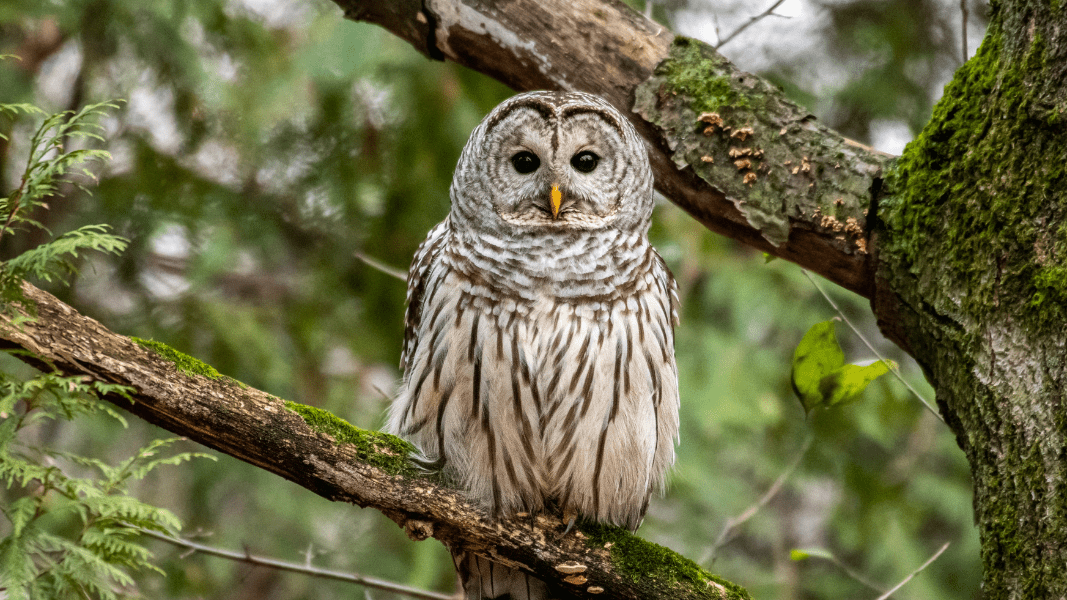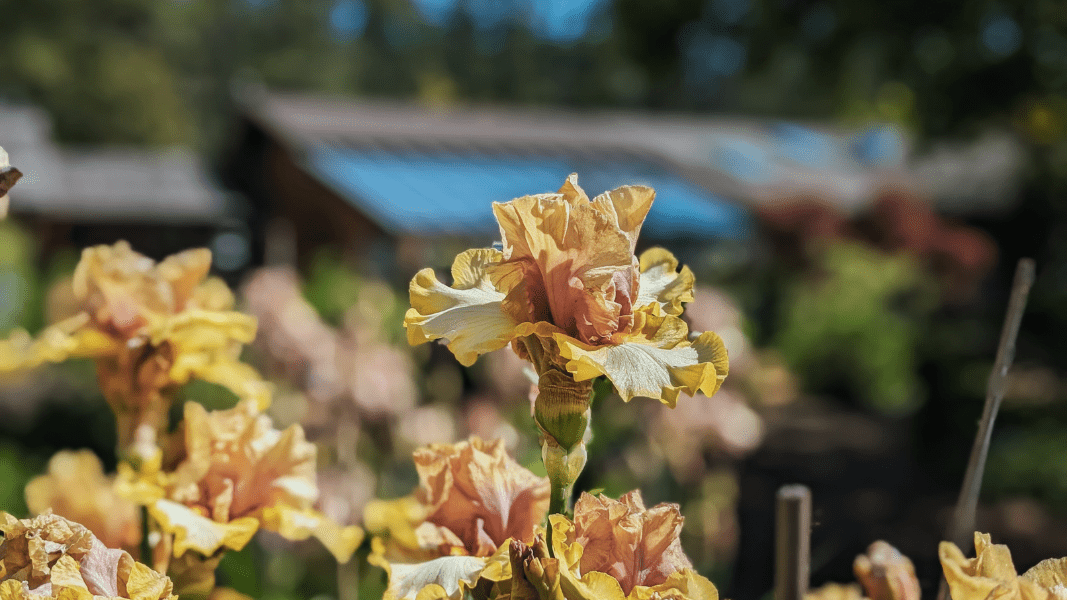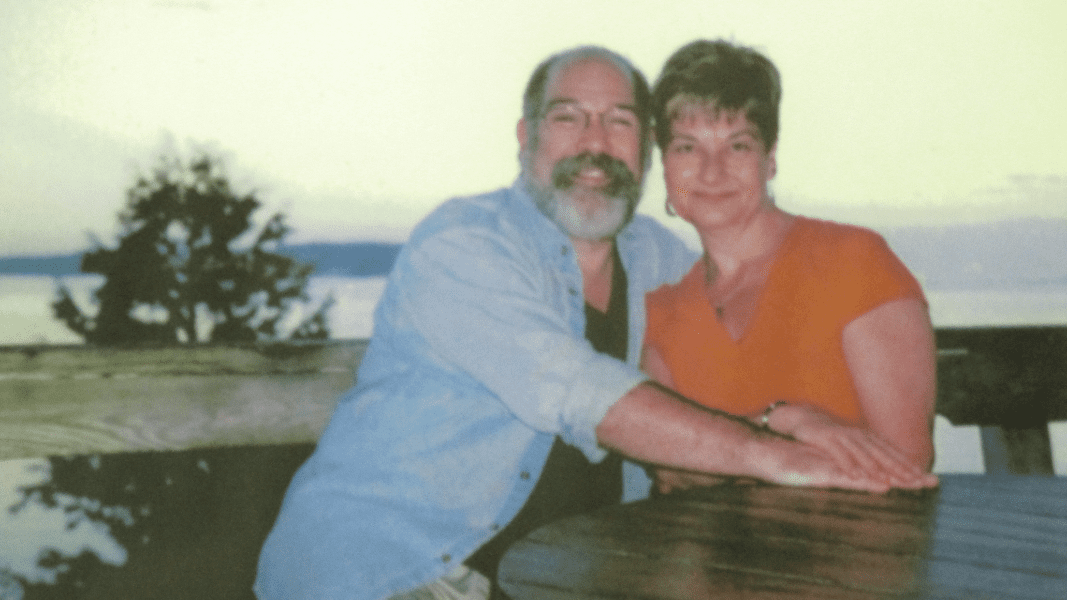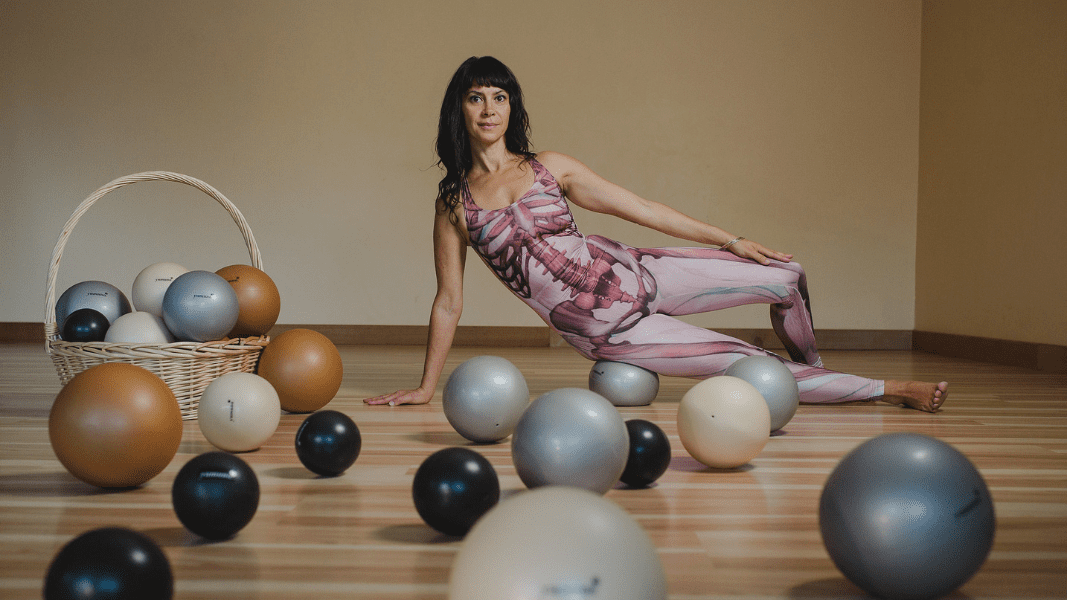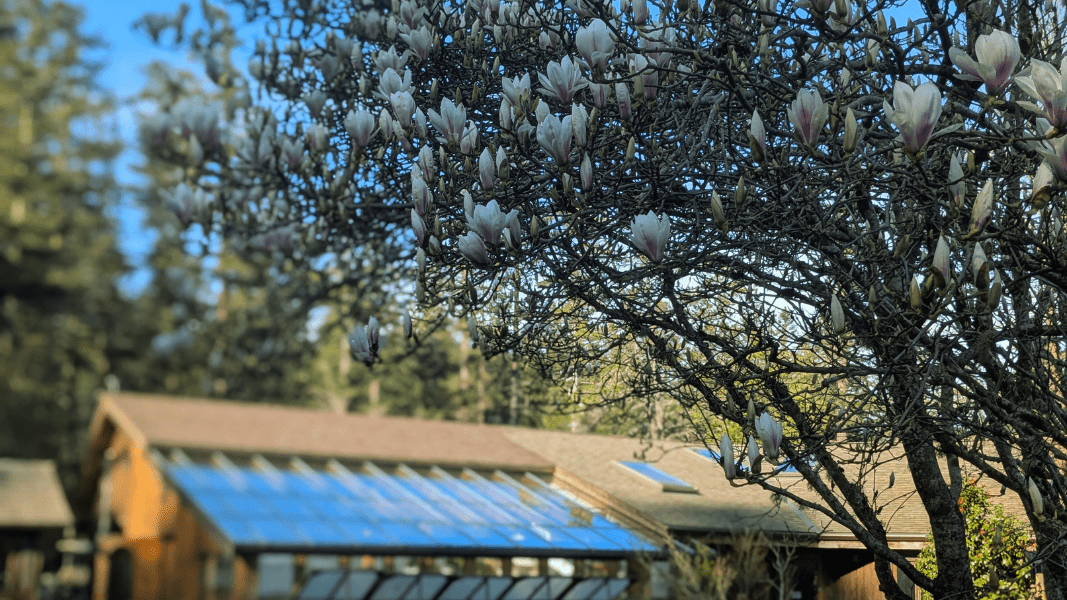“Here come the horses!”
Although there are just two of them, it might as well be a thundering herd for the amount of excitement in the air. Six Mozambican students at the residential teachers’ college near Vilanculos have met me on the grassy grounds for an afternoon of Horses & Leadership, learning body language communication skills by interacting with horses, in addition to practicing their English conversation. This assignment is part of my contribution as a volunteer with Mozambique Horse Safari. I have met the students before, tutoring them in the Conversational English class: Antonio, Carlito, Martina, Filipe, Benute, Florencia—these names are the residua of Portuguese East Africa, the colonial predecessor of Mozambique. How sincere, how open, how curious the young teachers-in-training are.
Horses are a rarity in Mozambique, and not one of these young adults has ever been near one. They are nervous and excited; several are downright scared, even though attending by their own choice. We’re hoping the session will be good community relations as well. Too often the horses get loose and end up trampling the roadside crops, upsetting the village neighbours who work so hard on the land for their food.
 Con su permiso, meaning “with your permission,” is an activity that allows the students to meet the horses up close, to approach them in a respectful way. I practiced it with Barbara Rector in the United States; she is the grandmother of Equine Guided Learning. It has taken weeks of patience for this first session to materialize. I have learned nothing from horses if not to be adaptable and able to improvise with changing conditions. This is great training for getting along in Africa. The upside of waiting has been time for me to become better acquainted with the two grooms who will be the horse handlers. Torai and Jonas, both in their twenties, are actually from Zimbabwe, so English rather than Portuguese speaking. I explain the purpose of the session.
Con su permiso, meaning “with your permission,” is an activity that allows the students to meet the horses up close, to approach them in a respectful way. I practiced it with Barbara Rector in the United States; she is the grandmother of Equine Guided Learning. It has taken weeks of patience for this first session to materialize. I have learned nothing from horses if not to be adaptable and able to improvise with changing conditions. This is great training for getting along in Africa. The upside of waiting has been time for me to become better acquainted with the two grooms who will be the horse handlers. Torai and Jonas, both in their twenties, are actually from Zimbabwe, so English rather than Portuguese speaking. I explain the purpose of the session.
“Who do you think would be the best horses for this?” I ask.
“Oh, I know! Brutus and Texas.” Jonas replies. “They are intelligent, pay attention and are the safest.” It’s clear, then, that my role is to simply describe the activities and keep the group dynamics flowing because leadership itself belongs to these two young men.
“The horses are here!” Brutus with his dark, flowing mane and sturdy build is led by Torai who has dressed for the occasion—jeans, sporty shirt, leather-look slip-on shoes and a ball cap. Texas, light-coloured and nimble is led by the ever-cool Jonas whose appearance would be completely at home in Manhattan or Montreal, though I’m not sure about his urban savvy. The two grooms are confident in their role as leaders with the soon-to-be professional teachers.
Samantha, another volunteer like myself, skirts the field and I casually invite her in; we’ll need another facilitator to keep an eye on safety. She is a horse trainer from England who completes all over the world in long-distance endurance riding. She was formerly a high-end casino manager in London, a subversive fireball, yet here in Vilanculos, in tattered riding tights and ball cap, she looks nothing like the sultry vixen in her Facebook photo.
By way of introducing the session, I ask the grooms, “Tell us how you became involved with horses, and what your work is.” They appear to have thought about what to say, but then again it’s hard to tell, everything here is a mystery and often improvised. Each says in his own way, “The horse is your friend. You can love him and trust him and feel for him, and he feels for you.” The students are giddy with anticipation. I team up with Torai and Brutus, asking Samantha to join Jonas and Texas, each of us with three students.
With horses a brand new experience for these young adults, a simple approach exercise sets the foundation for everything else to come: with the grooms holding the horses’ lead ropes for safety, the students are instructed to approach the horse one person at a time, offering the back of a hand.
“Is the horse inviting you to move closer?” I ask. “Is he interested in sniffing your hand or touching it with his lips? Is he turning away because you are too close? Everybody breathe!”
It takes just a few minutes, each person walking past his or her fear into contact with the horse. Afterward, they all let their breaths out, then dance around, laughing in relief.
The student’s second approach goes a step further with stroking the horse’s neck and withers. I ask them to notice sensations of softness, warmth, and motion in their hands. Again followed by a release of tension—we all mirror the horses lowering their heads blowing out their noses, a herd of ten human and two equine beings.
I ask Samantha to demonstrate walking behind a horse safely. Standing by Texas’ left flank facing toward his tail, she puts her left hand high on his rump fitting her torso gently against him, she moves in a curve around to his right flank. The excitement level rises. Bless these two calm and stable horses, equine teachers of courage, as the students one by one accomplish what half an hour ago would have been unthinkable.
For the fourth practice, I ask Jonas and Torai to demonstrate using their own energy and focused intention rather than overt action, to get the horses to move forward, to show the students how to invite the horse to walk forward without pulling on the lead rope. Keep the rope slack, look ahead, and walk purposefully. The two grooms intuitively guide their own new students one by one. Joyful camaraderie lights up the sky as Texas and Brutus willingly follow their new leaders.
Martina is struggling, though, her eyes and posture focused backward toward her horse.
“Look ahead, walk forward!” I say.
“You go girl!” Samantha encourages.
And Texas, bless his heart, follows her.
“Woman power, yay!” We are jubilant for Martina. She will retain this feeling of success in her body. It’s hard for a young woman in Africa to take her place and move forward; this is culture-shifting work. Then Torai spontaneously directs Brutus to lift his foot and coaches the students to accomplish the same thing. The students are incredulous at their own achievement.
I am trying not to feel badly that my departure is soon; we’ve just begun. But it’s apparent these two young horsemen can do it without me, because I simply introduced each activity, then Torai and Jonas guided the students in a completely natural and supportive way. This is perfect, and easy to replicate without me. Samantha’s initial skepticism about this work has evaporated too; she jumps in to suggest wrapping up with a de-brief from each person. Jonas says he learned something today too, about himself, though he doesn’t say what, and that he understands his connection with horses now.
Cameras appear, photos are taken of one and all—students hugging horses and stroking their manes in the group shots. The grass field at Archipelago Resort mellows to gold in the coming twilight and seems to radiate love under the deepening blue of the sky. Horses do that with humans. Evening songbirds, nightjars, begin to sweep overhead, their churring sounds ripple across the stillness.
“Hey, look over there,” someone calls out. The two horses are trotting without lead ropes behind Torai who is jogging along the dirt drive. “Horses and leadership,” I say. Next time you’ll be able to do that too!

Oriane Lee Johnston will be with us in July, offering Horse Play for Families.
Discover inspirational videos, insightful articles, and delicious recipes from our presenters, staff, and community.

